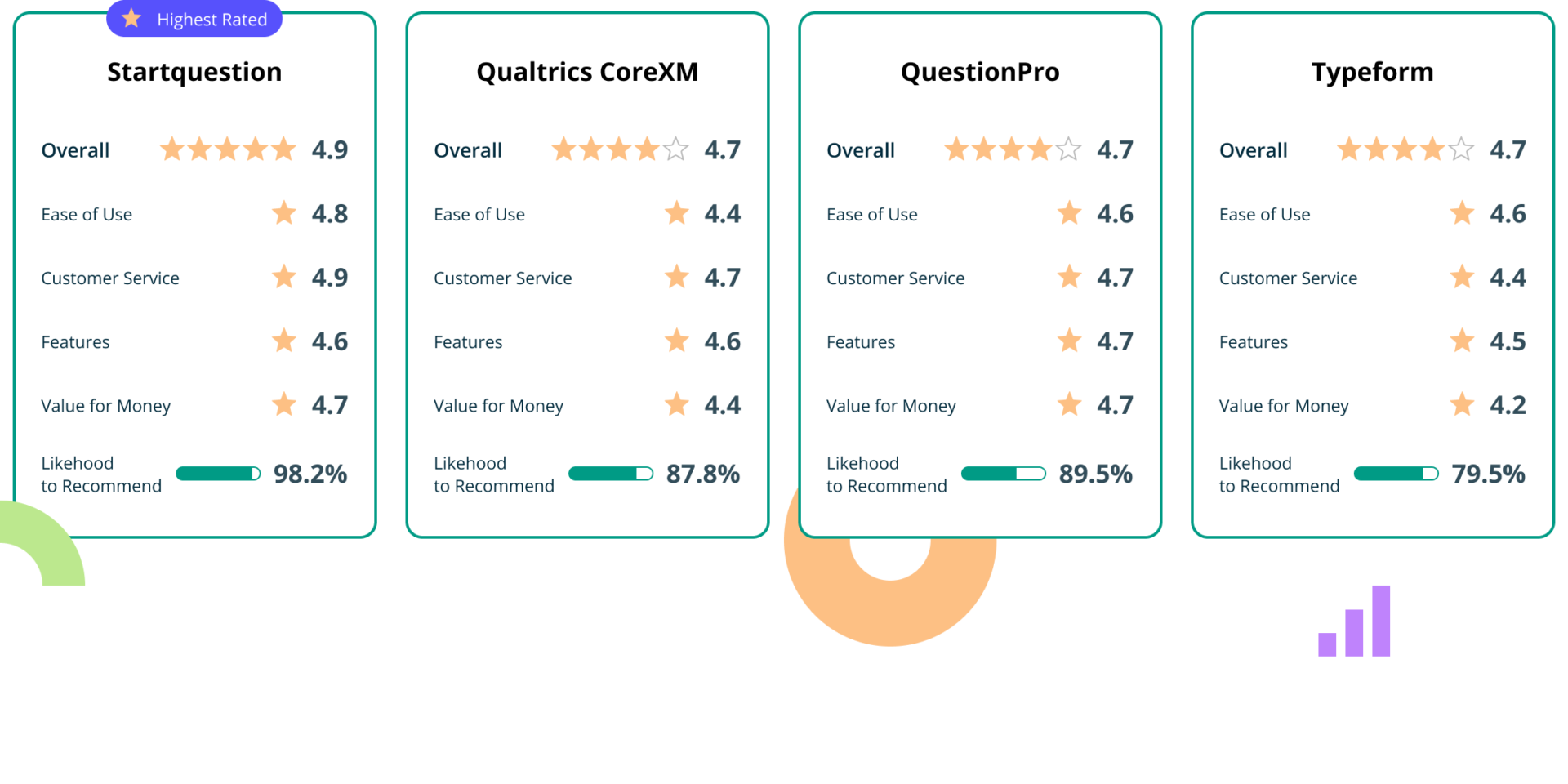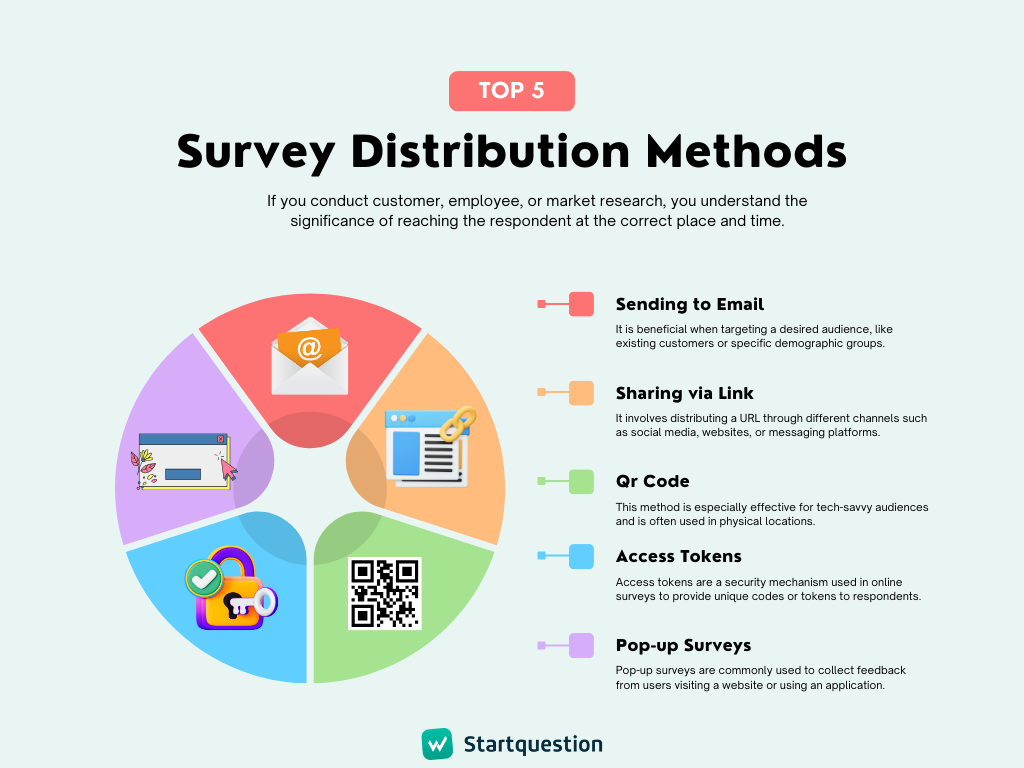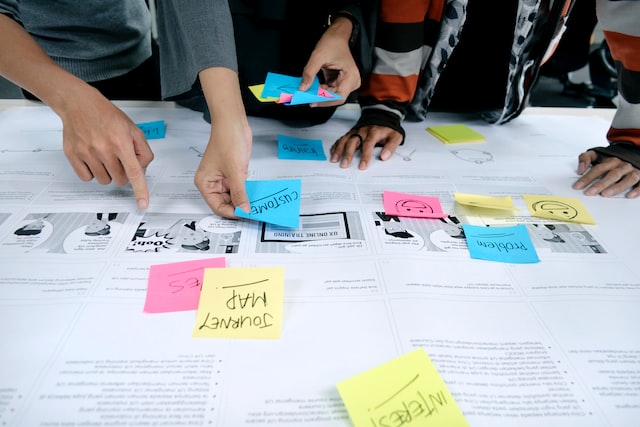Customer feedback isn’t just about ratings and comments; it’s a treasure trove of insights that can transform into actionable strategies. Companies that excel don’t merely listen to their customers—they actively engage with them, turning every piece of feedback into an opportunity for growth and improvement.
A successful closed-loop system enhances the customer experience, drives innovation, strengthens brand loyalty, and boosts the bottom line. Learn how to harness the power of feedback, close the loop, and unlock your business’s full potential.
What Is Closed-Loop Feedback?
Closed-loop feedback is a dynamic and strategic approach to customer experience management that involves collecting feedback and actively responding to it, completing the feedback cycle.
At its core, it involves gathering insights from customers, analyzing them for actionable information, and implementing changes or solutions that address customer concerns directly. This process transforms feedback into a dialogue where customers feel heard and valued, enhancing the customer-centric approach of the business. According to a recent study by the Aberdeen Group, companies using feedback control system processes see a 10% increase in customer retention rates and a 15% improvement in customer satisfaction.
This method ensures that customer issues are identified and resolved, creating a culture of continuous improvement and customer-centricity. By closing the loop, businesses enhance customer satisfaction and foster a sense of trust and transparency, which are invaluable in today’s competitive marketplace.

Benefits of Closing the Loop
Implementing a closed-loop feedback system offers numerous benefits that resonate throughout an organization, enhancing both internal and external dynamics.
Reduced Churn
A closed-loop control system significantly reduces churn by addressing customer concerns promptly and effectively. Actively listening and responding to feedback prevents dissatisfaction from escalating into customer defection. Bain & Company reports that increasing customer retention rates by just 5% can lead to a profit increase of 25% to 95%. This highlights the profound impact of attentive feedback management on customer loyalty and long-term revenue.
Better Employee Experiences
Closed-loop feedback systems also enhance employee experiences by creating a more engaging and rewarding work environment. When employees see that customer feedback leads to actionable changes, they feel more empowered and connected to the organization’s mission. This alignment boosts morale and motivation, resulting in a more engaged and productive workforce. As employees witness real-time improvements from their efforts, job satisfaction increases, fostering a positive workplace culture that supports personal and organizational growth.
Increased Revenue
Satisfied customers are likely to spend more and recommend the brand to others, driving repeat business and new customer acquisition. By refining products and services to meet customer needs more precisely, businesses can unlock new revenue streams and maximize existing ones. According to the Harvard Business Review, customers with the best past experiences spend 140% more than those with the poorest experiences. A responsive approach to feedback not only bolsters customer satisfaction but also fuels financial success.
Enhancing Reputation
A company’s reputation is greatly enhanced when it is committed to listening and adapting to customer feedback. Businesses perceived as responsive and customer-centric attract new customers and strengthen relationships with existing ones. This positive image reinforces brand loyalty as customers feel valued and respected. Maintaining a solid reputation is essential for long-term success and differentiation in today’s competitive marketplace.
Ideas Generation
A robust closed-loop feedback system serves as a catalyst for idea generation and innovation. Engaging with customer insights helps companies identify trends and inspires the development of new products or enhancements, giving the company a competitive edge. Closing the feedback loop ensures continuous learning and adaptation, keeping businesses agile in a rapidly changing market.
How to Build a Closed-Loop Feedback Program
Building a closed-loop feedback program involves systematically collecting, analyzing, and acting on customer feedback. This program is essential for improving customer experience and fostering long-term loyalty. Here’s how to build an effective closed-loop feedback program:
Choose the Right Types of CX Surveys
It’s crucial to use a variety of customer experience (CX) surveys to gather comprehensive insights into customer experiences. Each type of survey serves a distinct purpose and provides unique insights into the customer journey.
- Net Promoter Score (NPS): Measures customer loyalty by asking how likely customers are to recommend your product or service. NPS surveys typically include a single question with a follow-up for additional comments, helping you identify promoters, passives, and detractors.
- Customer Satisfaction (CSAT): Assesses specific aspects of the customer experience, such as a recent purchase or interaction. These surveys often use a scale (e.g., 1 to 5) to determine satisfaction levels, allowing businesses to address issues swiftly and improve specific areas of the customer journey.
- Customer Effort Score (CES): Evaluates how easy it is for customers to interact with your company (mainly the customer service team), whether solving a problem or completing a purchase. A lower effort score indicates a smoother customer experience. CES surveys help identify friction points in the customer journey and are particularly useful for enhancing customer support processes.
- Product-Market Fit: Determines how well your product meets the needs of your target market. Questions often focus on how disappointed customers would be if the product were unavailable. Understanding product-market fit is crucial for product development and market strategy.
Methods of Distributing Surveys
Effectively distributing your CX surveys is essential to reach a broad audience and encourage high response rates. Here are several methods to consider:
- QR Codes:
Provide a convenient way for customers to access surveys using smartphones. QR codes on receipts, packaging, or in-store displays allow customers to provide feedback quickly and easily.
- On-Page Surveys:
Embed surveys directly on your website or app to capture user feedback as they interact with your digital platforms. On-page surveys can be triggered at specific touchpoints, ensuring feedback is collected while the customer’s experience is fresh.
- SMS Surveys:
Sending surveys via SMS can achieve high open and response rates, especially for customers who prefer mobile communication. SMS surveys capture immediate feedback after a service interaction or event.
- Emailing:
Email surveys remain one of the most widely used methods for collecting feedback. They offer the flexibility to include detailed questions and are suitable for reaching a broad audience. Personalized email invitations with clear calls to action can significantly increase response rates. Consider segmenting your email lists to target specific customer groups with relevant surveys.

Analyze and Act on Feedback
Once you have collected feedback through various survey types and distribution methods, it’s essential to analyze the data and take actionable steps. Use analytics tools to identify trends, patterns, and areas for improvement. Segment the feedback by customer demographics, behavior, or journey stage to gain deeper insights.
Develop a structured plan to address the insights gathered through process improvements, product enhancements, or targeted customer support initiatives. Communicate the changes made to your customers, demonstrating that their feedback is valued and has led to tangible improvements.
Monitor and Adjust the Program
Continuously monitor the effectiveness of your closed-loop customer feedback program. Regularly review the feedback collected and the actions taken to ensure they align with customer needs and expectations. Be prepared to adjust survey types, distribution methods, and action plans as needed to maintain relevance and effectiveness.
The Best Practices for a Closed Feedback Loop
Establishing a closed feedback loop requires collecting data and systematically utilizing it to drive improvements.
Follow up with Customers in a Timely Manner
Timely follow-up with customers is critical in closing the feedback loop and demonstrates your commitment to addressing their concerns. Respond promptly to feedback, especially when it involves negative experiences. Automate follow-up surveys and messages, ensuring customers know their feedback has been received and is being acted upon.
Pay Attention to Recurring Issues
Recurring issues in feedback highlight systemic problems that require strategic attention. Identify these patterns and develop targeted solutions. Addressing recurring issues resolves specific customer complaints and prevents future occurrences, leading to more efficient operations and a better overall customer experience.
Prioritize Complaints
Not all feedback is created equal. Some issues demand more urgent attention. Prioritize complaints based on their impact on the customer experience and the business. Tools like Startquestion can help categorize and rank complaints by severity, allowing your team to focus resources on the most critical issues first.
Involve People outside Support
A successful closed feedback loop involves collaboration across different departments. Encourage teams outside customer support—such as product development, marketing, and operations—to engage with feedback. This cross-functional approach ensures insights are utilized holistically, leading to comprehensive improvements that enhance the customer journey.

Gather Valuable Insights with CX Survey Tools
Using survey software such as Startquestion, companies can streamline their processes and achieve significant results. Here are best practices for building closed-loop control systems:
Step 1: Design Effective Surveys
Ensure that questions are clear, concise, and relevant to the customer experience to create surveys that elicit actionable feedback. Use your favorite survey tool to tailor surveys that encourage honest responses.
Step 2: Automate Feedback Collection
Automate the feedback collection process to ensure timely customer input at critical touchpoints in their journey, such as after purchases or customer support interactions.
Step 3: Analyze and Segment Data
Utilize analytics tools to analyze and segment feedback data. This helps identify patterns and prioritize issues, enabling informed decisions about where to focus improvement efforts.
Step 4: Act on Feedback
Develop a structured plan to address identified issues, implement changes, and measure their impact on customer satisfaction. Track improvements and communicate actions taken to customers.
Step 5: Follow Up and Close the Loop
Follow up with customers to confirm that their concerns have been addressed and gather further feedback. This step ensures the feedback process is ongoing and effective.
Step 6: Foster a Culture of Feedback
Encourage a feedback-centric mindset within the organization by sharing insights and success stories across teams. Utilize the reporting features of your survey tool to keep everyone informed and engaged.
Ready to gather actionable feedback and identify pain points?










